Technological Advancements
The Biofeedback Instrument Market is experiencing a surge in technological advancements that enhance the efficacy and accessibility of biofeedback devices. Innovations such as wearable technology and mobile applications are making biofeedback more user-friendly and appealing to a broader audience. For instance, the integration of artificial intelligence in biofeedback instruments allows for real-time data analysis, providing users with immediate feedback on their physiological states. This trend is likely to drive market growth, as consumers increasingly seek personalized health solutions. According to recent estimates, the biofeedback device segment is projected to grow at a compound annual growth rate of over 10% in the coming years, indicating a robust demand for technologically advanced biofeedback instruments.
Rising Awareness of Mental Health
The Biofeedback Instrument Market is witnessing a notable increase in awareness regarding mental health and its impact on overall well-being. As society becomes more cognizant of the importance of mental health, there is a growing demand for non-invasive therapeutic options, such as biofeedback. This trend is particularly evident in stress management and anxiety reduction, where biofeedback instruments are utilized to help individuals gain control over physiological responses. Market data suggests that the mental health segment of biofeedback applications is expanding rapidly, with a projected increase in usage among therapists and wellness practitioners. This heightened focus on mental health is likely to propel the adoption of biofeedback instruments in various therapeutic settings.
Expansion of Clinical Applications
The Biofeedback Instrument Market is experiencing an expansion in clinical applications, which is contributing to its growth. Biofeedback is increasingly being recognized as a valuable tool in various medical fields, including pain management, rehabilitation, and chronic illness treatment. Healthcare professionals are integrating biofeedback instruments into treatment protocols to enhance patient outcomes. For example, studies indicate that biofeedback can significantly improve recovery times in patients undergoing physical rehabilitation. The increasing acceptance of biofeedback in clinical settings is expected to drive market growth, as more healthcare providers recognize its potential benefits. The market for clinical biofeedback applications is anticipated to grow substantially, reflecting a shift towards holistic and patient-centered care.
Growing Demand for Preventive Healthcare
The Biofeedback Instrument Market is benefiting from a growing demand for preventive healthcare solutions. As individuals become more proactive about their health, there is an increasing interest in tools that promote self-regulation and wellness. Biofeedback instruments offer users the ability to monitor and manage their physiological states, which aligns with the preventive healthcare trend. This shift is particularly relevant in the context of chronic disease management, where biofeedback can play a crucial role in preventing the onset of conditions such as hypertension and diabetes. Market analysis indicates that the preventive healthcare segment is likely to expand, with biofeedback instruments being a key component of this movement towards proactive health management.
Integration in Fitness and Wellness Programs
The Biofeedback Instrument Market is seeing a significant integration of biofeedback technology into fitness and wellness programs. As fitness enthusiasts and health-conscious individuals seek innovative ways to enhance their performance and well-being, biofeedback instruments are becoming increasingly popular. These devices provide users with insights into their physiological responses during exercise, enabling them to optimize their training regimens. The fitness sector is projected to witness a substantial increase in the adoption of biofeedback tools, as they offer a unique approach to personal training and wellness. Market data suggests that the fitness and wellness segment of biofeedback instruments is expected to grow rapidly, reflecting a broader trend towards data-driven health and fitness solutions.


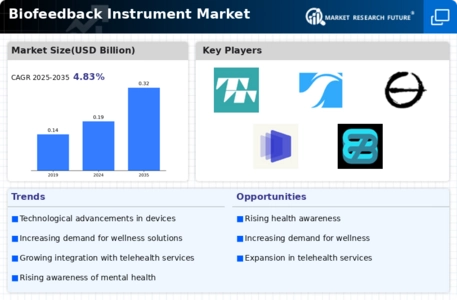
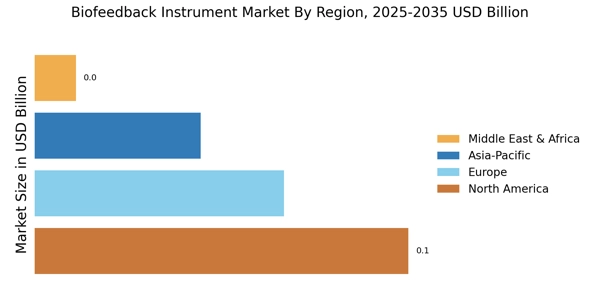
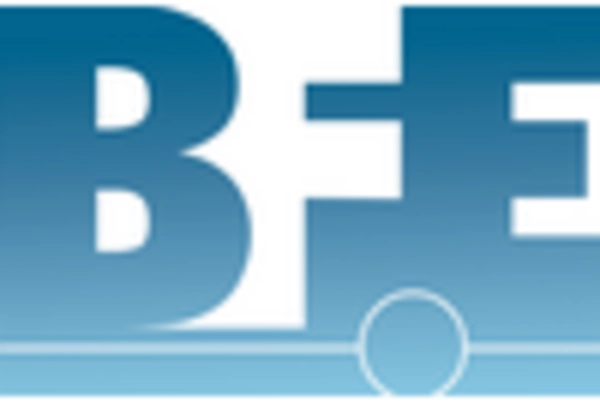
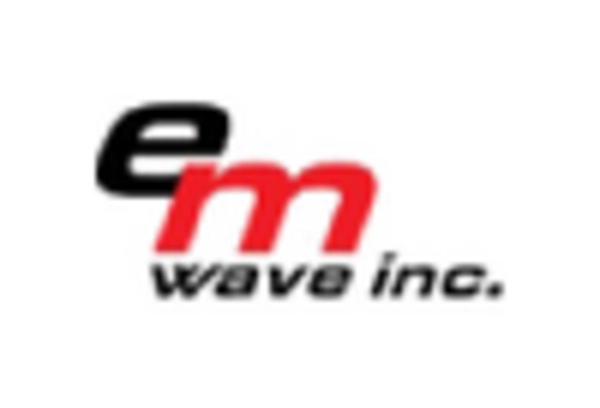
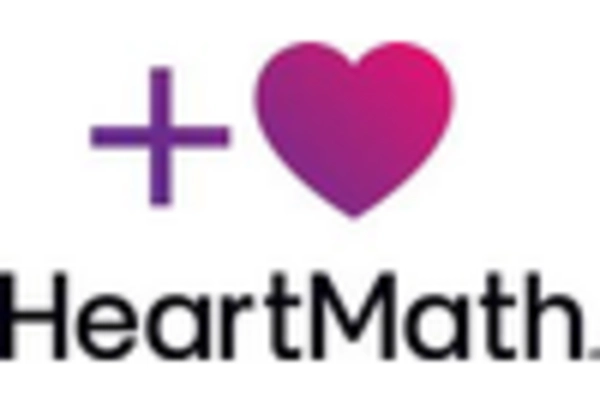
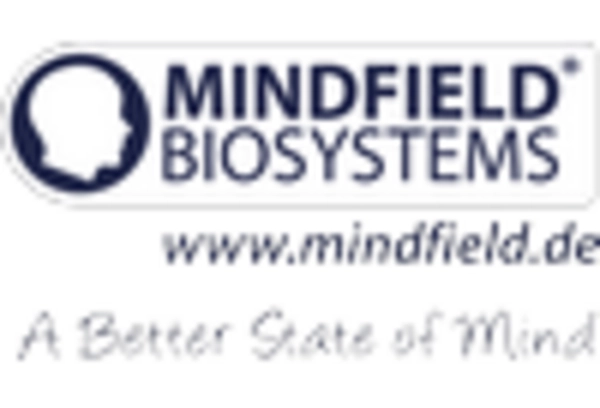










Leave a Comment